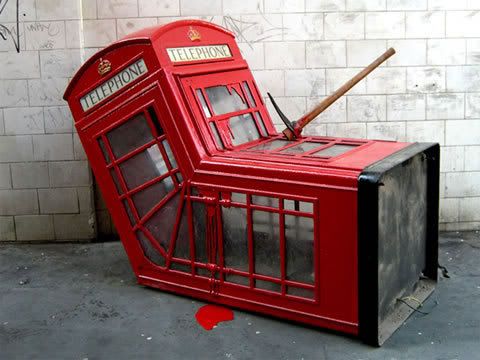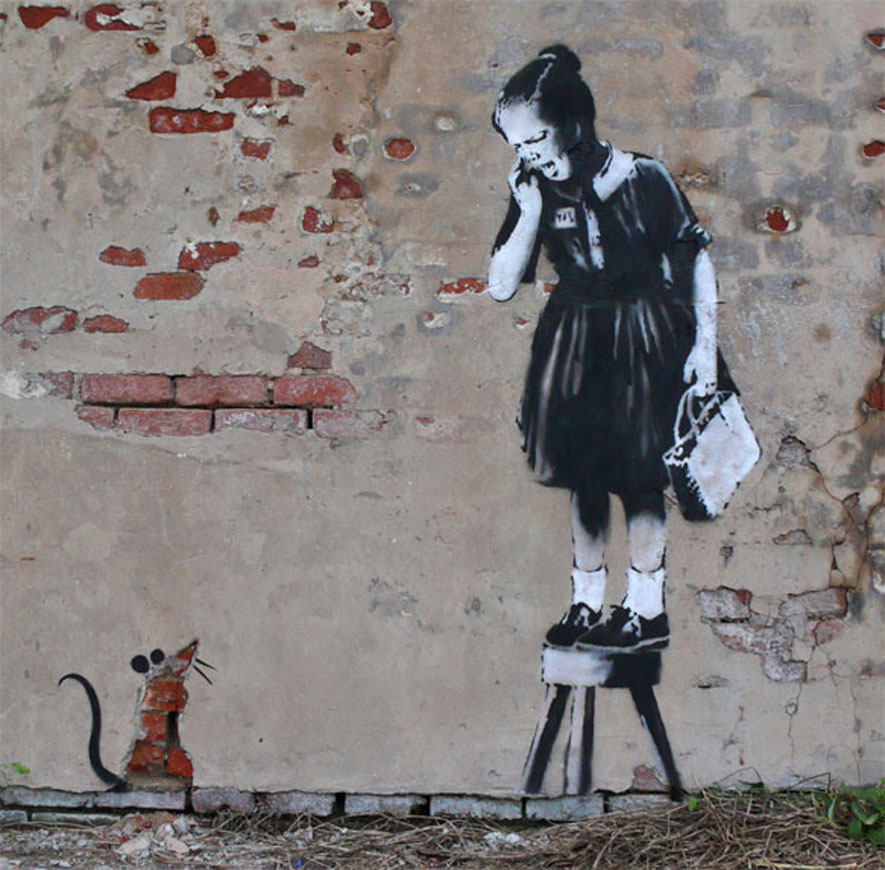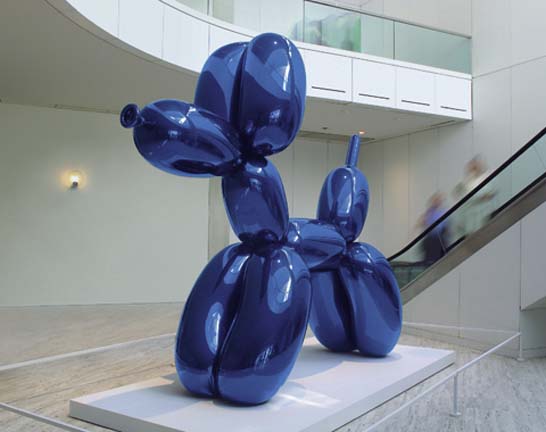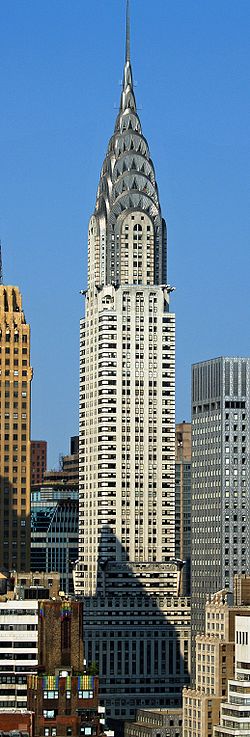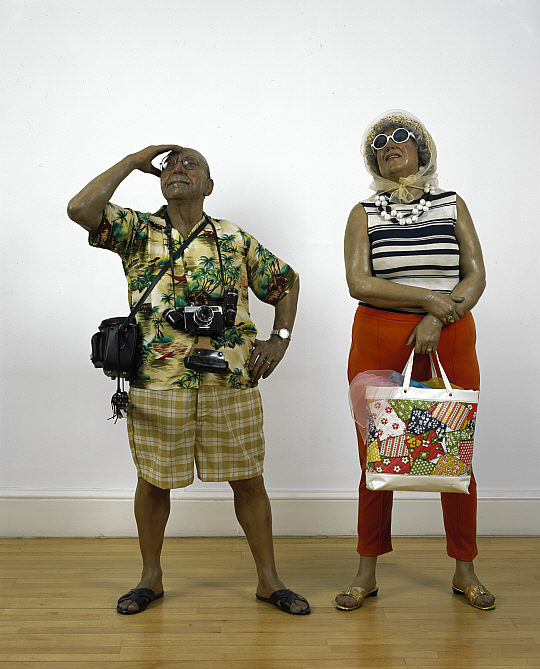Like Koons, Banksy is also one of my favorite artists. This is because of all of the messages that his art sends and how provocative his works are.
The name of this piece is Love Cheat. Here, Banksy is commenting on the condition that most marriages in America now are in. Cheating has become something most people almost expect. It's become rare that marriages actually last forever like they were originally meant to. As we can see in this piece of art, the wife looks to be the one cheating in this relationship and is almost caught by her husband who is looking just to high to see his wife's partner who she is having an affair with.
“Nothing in the world is more common than unsuccessful people with talent, leave the house before you find something worth staying in for. ” This is a quote by Banksy himself regarding this particular work of his. I believe the name of this piece is Follow Your Dreams. Here there is a man who perhaps had many dreams of becoming rich or just successful, but people in today's world and economic system are far too preoccupied making money and just trying to stay out of debt and out of jail to follow their dreams that they had when they were young or while they were growing up. They often are suppressed by the desire and pressure to conform to society's standards and what it says is the right way to live and to make money that people no longer are encouraged to just follow their dreams and make something out of themselves by doing what they love and what makes them feel fulfilled.

I believe that the name of this is Graffiti Jesus. Banksy is commenting on how materialistic Christmas has become, how shopping and money have become more important than the celebration of Christ, which was the original reason for the recognition of the holiday. We now worry much too much about getting the right present and spending money and getting money. We think too much about receiving and much too little about giving everything we can, not only around this holiday, but everyday. This painting looks ridiculous to anyone who has knowledge of Christ and His death and resurrection. Of course He didn't die so we could worry about shopping and receiving gifts. There is no cross in this picture, Jesus is black and white with the color on the presents emphasizing their importance over Him in this piece. This, to me, is an extremely strong and provocative this is, or should be.
This is Banksy's Telephone Booth. It is commenting on the technological advances happening all around the world. Now most people around the globe have and carry cell phones with them everywhere they go and have no trouble getting in contact with people even on the other side of the globe. It, too is saying how telephone booths, once a much needed and used to be a staple in many places, are now pretty much obsolete, thus the "murdering" action by the axe of the phonebooth.
These are just a few that I find humorous or moving.


